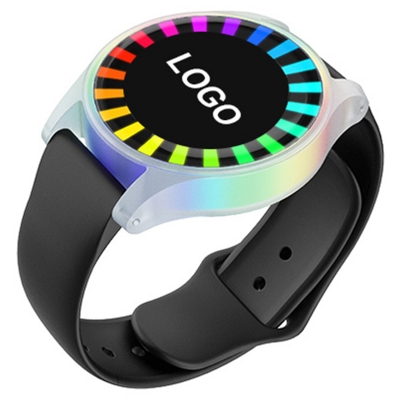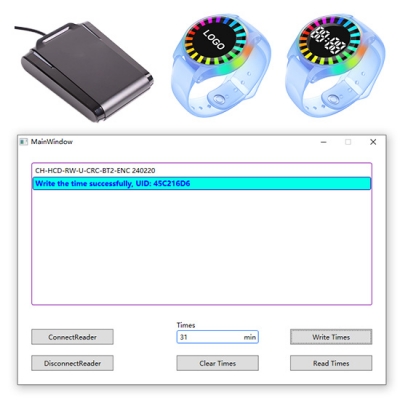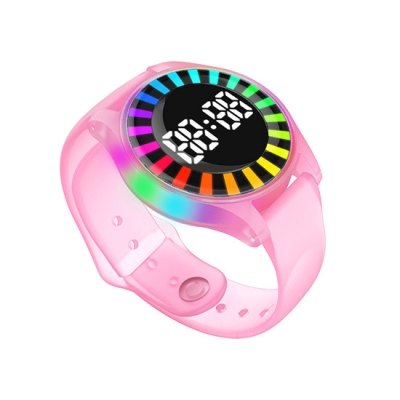In today's fast-paced business landscape, optimizing asset management and ensuring seamless inventory control are essential for achieving operational excellence. This is where RFID tracking tags come into play. As a leading manufacturer of RFID tags, we understand the importance of leveraging this advanced technology to enhance asset tracking capabilities. Now let’s take a comprehensive understanding of RFID asset tracking and shed light on how it works.
What is RFID Asset Tracking?
RFID asset tracking involves using RFID tags to monitor and locate assets in real-time. RFID tags, also known as transponders, consist of an antenna and a microchip that stores unique identification data. These tags emit radio signals that can be detected and read by RFID readers, enabling businesses to track their assets efficiently.
The Components of RFID Asset Tracking System
An RFID asset tracking system consists of three primary components: RFID tags, RFID readers, and a centralized software platform. RFID tags are affixed to assets and transmit data wirelessly. RFID readers capture the signals from these tags and send the information to the software platform. The software processes this data, providing real-time asset location and other relevant information.
How RFID Asset Tracking Works
When an RFID asset tracking tag comes within the range of an RFID reader, the reader emits a radio signal that powers the tag. The energized tag sends back its unique identification information to the reader. The reader then transfers this data to the software platform, which processes and displays the information in a user-friendly interface. This allows businesses to track and manage their assets accurately and efficiently.
Advantages of RFID Asset Tracking
RFID asset tracking offers numerous benefits to businesses. Firstly, it enables real-time tracking, saving time, and reducing manual effort required for inventory management. Additionally, RFID tags do not require a direct line of sight for scanning, making them more convenient and efficient than traditional barcode systems. Furthermore, the accuracy and reliability of RFID technology minimize errors and improve overall asset management.
Applications of RFID Asset Tracking
RFID asset tracking finds applications across various industries. In manufacturing, it allows for better control of inventory and prevents loss or theft of valuable assets. Retailers can utilize RFID asset tracking to improve supply chain management, reduce stock-outs, and enhance customer satisfaction. Additionally, healthcare facilities can utilize RFID technology to track medical equipment, ensuring timely availability and efficient utilization.
Meihe,As a leading RFID tag manufacturer in China, we are dedicated to delivering high-quality RFID products that help businesses across industries unlock the full potential of asset tracking. Contact us today to explore how RFID technology can benefit your organization.














